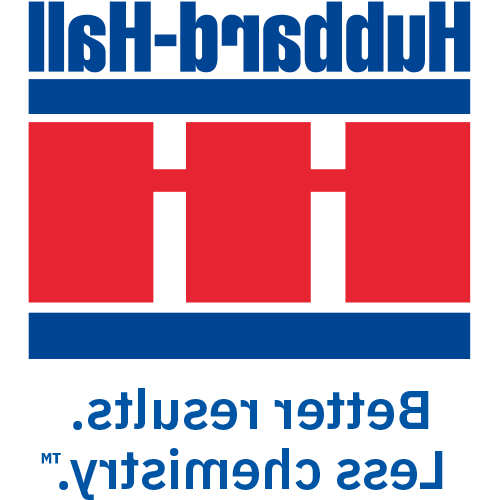Cleaning processes play a crucial role in various industries, ensuring the removal of contaminants to maintain optimal performance and longevity of components. This blog takes a closer look at the intricacies of different cleaning processes, shedding light on the essential characteristics that applicators need to consider. Let’s explore the factors that matter most when selecting the right cleaning method.
Understanding the Contaminant:
The first step in choosing an effective cleaning process is identifying the nature of the contaminant. Whether it’s a chlorinated oil, a viscous Cosmoline type substance, or light mineral oils, knowing what you’re dealing with is paramount. The ability of a cleaning agent to dissolve or remove the contaminant depends on its composition and the interaction between polar and non-polar constituents.
Chemistry Matters:
Manufacturers and suppliers play a crucial role in determining whether their chemistry can effectively dissolve or remove specific contaminants. This pivotal aspect sets the stage for the success of the cleaning process, he chemistry must be compatible with the contaminant for the cleaning process to be successful.
Boiling Point and Solvent Aggressiveness:
The boiling point of a solvent is a critical factor in the cleaning process. Additionally, the kauri-butanol value indicates how aggressive a solvent is. These characteristics influence the solvent’s ability to dissolve contaminants effectively. A lower surface tension facilitates the solvent’s penetration into tight spaces, making it easier to flush out contaminants from semiconductors or blind holes.
Considerations for Application Techniques:
Choosing the right cleaning technique involves weighing options such as ultrasonics, flushing, or spraying. The decision depends on the specific cleaning requirements and the nature of the contaminants. The conversation emphasizes that solvents may not always be the optimal choice, with water and surfactants proving effective in certain scenarios. Applicators should carefully evaluate their needs, considering factors like floor space, equipment setup time, and efficiency.
Solvent vs. Aqueous Systems:
The debate between solvent and aqueous systems revolves around practical considerations. Solvent systems offer a plug-and-go solution, requiring minimal floor space and rapid readiness. On the other hand, aqueous systems may demand more extensive setups, involving pre-rinse, cleaning, and drying baths, potentially limiting their viability based on available space.
Water, a Double-Edged Sword:
Aqueous systems introduce an additional challenge – the management of water and its contamination. Contaminants must be removed from the water before disposal, incurring additional expenses. In contrast, solvents can be recycled almost infinitely, provided proper maintenance and stability are upheld. This factor makes solvents an attractive option for those looking to minimize operational costs and environmental impact.
Choosing the right cleaning process involves a careful consideration of various characteristics, from solvent chemistry to application techniques and system practicality. Understanding the nature of contaminants and evaluating the specific needs of the application are key in making an informed decision. While solvents offer advantages in certain scenarios, water-based systems can be equally effective with their own set of considerations. Ultimately, finding the perfect balance between efficiency, cost-effectiveness, and environmental impact is the key to successful cleaning processes in diverse industrial applications.
For more information watch the full podcast – Click here!







Leave a Reply